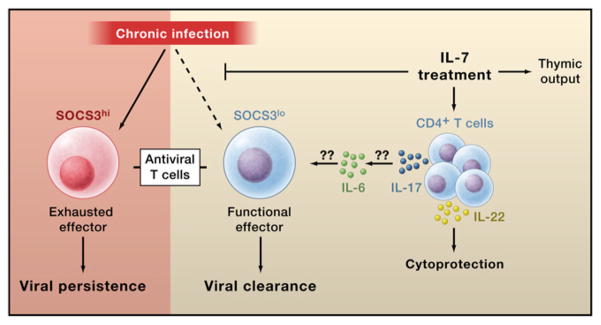Figure 1. Effects of IL-7 during Chronic Viral Infection.

Pellegrini et al. (2011) demonstrate that chronic viral infection (left) promotes high expression of Socs3, a negative regulator of immune cytokine signaling, in antiviral T cells. Socs3 impairs T cell function and promotes T cell “exhaustion,” leading to viral persistence. Treatment with the cytokine IL-7 (right) blocks Socs3 induction in antiviral T cells, thereby promoting effector functions and viral clearance. IL-7 likely acts on CD4+ T cells to promote IL-17 secretion, which in turn induces IL-6 production. IL-6 promotes survival and function of antiviral T cell by an unknown mechanism. IL-7 also promotes IL-22 secretion, which protects against tissue destruction by the elevated immune response. IL-7 may also act directly on the antiviral CD4 and CD8 T cells (not shown). All of these factors lead to viral clearance without adverse immunopathology. In addition to its antiviral effect, IL-7 also boosts thymic production of naive T cells. The elevated thymic output could help to counter lower T cell levels during chronic HIV infection.
